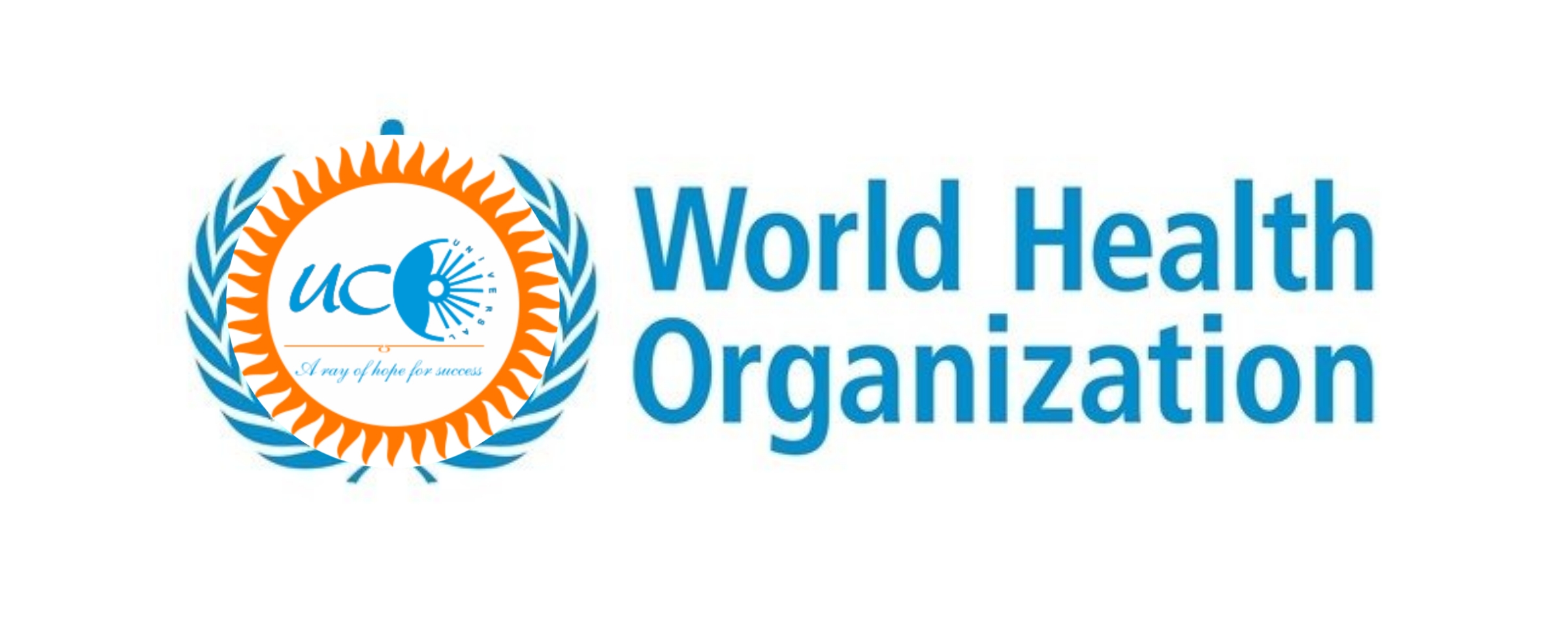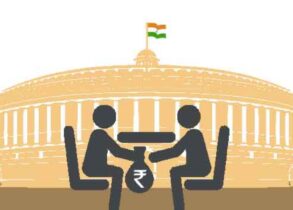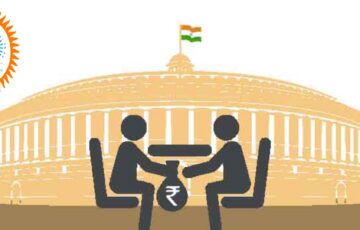Case Studies
According to the WHO suicide is the second leading cause of death in the age group of 15-29 years globally. In India also, instances of young people committing suicide have been reported widely in recent times. It is all the more disturbing that such a phenomenon is increasingly visible in urban and prosperous areas. (a) What are the reasons that render people vulnerable to taking such drastic steps as suicide? (b) Also, discuss the role that you as an individual, the society and the government can play in addressing this issue.
(a) Suicide is an expression of extreme mental and emotional distress, where the person cannot tolerate the stress anymore and ends up taking one’s own life voluntarily. The statistics of suicide rates are rising globally, with one suicide every four minutes in India.
Reasons for high rates of suicides amongst the youth in India are:
- Attitude towards mental health – There are many cases that go undiagnosed because of the reluctance to talk about mental health. Even when reported to family and friends, people generally do not consider it as a medical problem. Rather, more pressure is built on the person by questioning his/her capability to take stress.
- Substance abuse – high intake of alcohol and drugs can adversely impact decision- making capacity.
- Personal and professional pressures – According to National Crime Records Bureau (NCRB) reasons such as relationship setbacks, family discord, educational and financial setbacks, high
aspirations are the major causes in India.
- Childhood trauma – like physical, mental or emotional abuse of a child at home, bullying and isolation at school etc. can trigger episodes later in life due to maladaptive coping styles.
- A society in flux – India is witnessing a breakdown of societies and joint family system as more people are leaving home in search of better opportunities. The increased feeling of isolation, widespread socio-economic and cultural change is highly stressful for an individual.
- Role of social media – People are virtually connected but disconnected in real life. The false perceptions propagated over social media and the consequent loneliness can be damaging to one’s self worth.
- Poor lifestyle – Exercise, stress management, diet, sleep and sunlight affect one’s overall mental health significantly. With the evolving fast-food culture, desk jobs etc. unhealthy lifestyle is on the rise.
- Other factors – lack of emotional intelligence, peer pressure, concern of social image, economic stress (for example farmer suicides) compound the problem of suicides in India. In urban youth the problem is further aggravated by:
- Absence of emotional crisis management and counseling centres.
- High rise in consumerism where people value material possessions more than personal bonding and relationships.
- Stress of urban lifestyle, absence of familial support in times of crisis.
(b) Suicide is a huge loss not only to the family and friends, but also the society and the nation. The Mental Health Act, 2017 has decriminalized suicide, but the State and the society need to take more steps to address the issue –
Steps for an Individual:
- Cultivate empathy, tolerance and emotional intelligence to manage not only emotions of self, but also understand and manage emotions of others.
- Promote healthy lifestyle choices – such as exercise, cultivate hobbies.
- Build a social life beyond workplace and social media.
Steps for the society:
- De-stigmatize mental health issues.
- Widen the concept of success and happiness in life.
- Promote community – building and community – led activities.
Steps for the government:
- Develop a national strategy and allocate resources to promote mental healthcare.
- Identify and target vulnerable groups.
- Increase awareness through public education.
- Training and education for first responders – such as health care professionals, police etc.
- Improve the assessment and management of mental health and suicidal behavior –for e.g.- establish counselling center at district level.
- Promote data collection.
- Publish media guidelines for responsible reporting of suicides.











